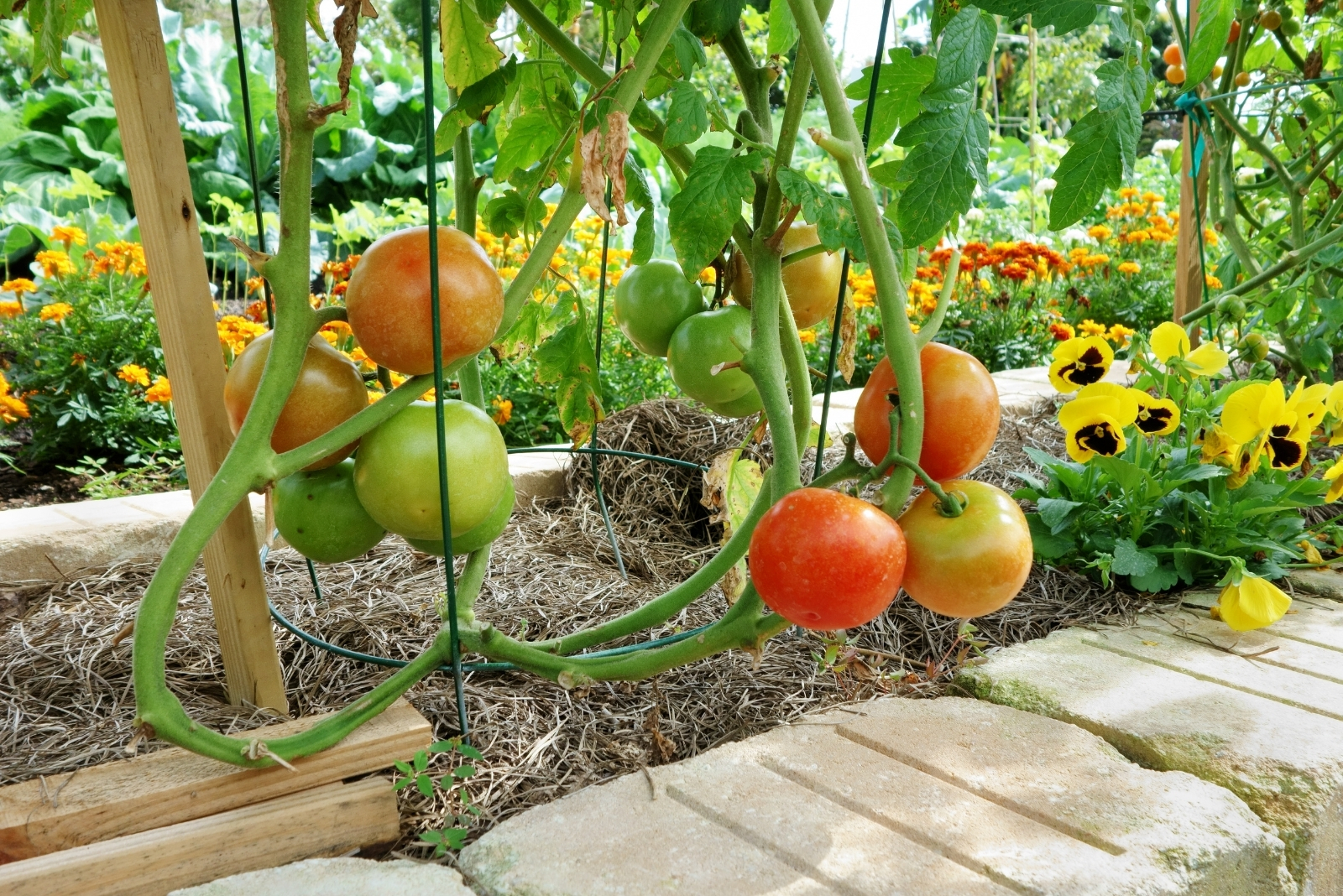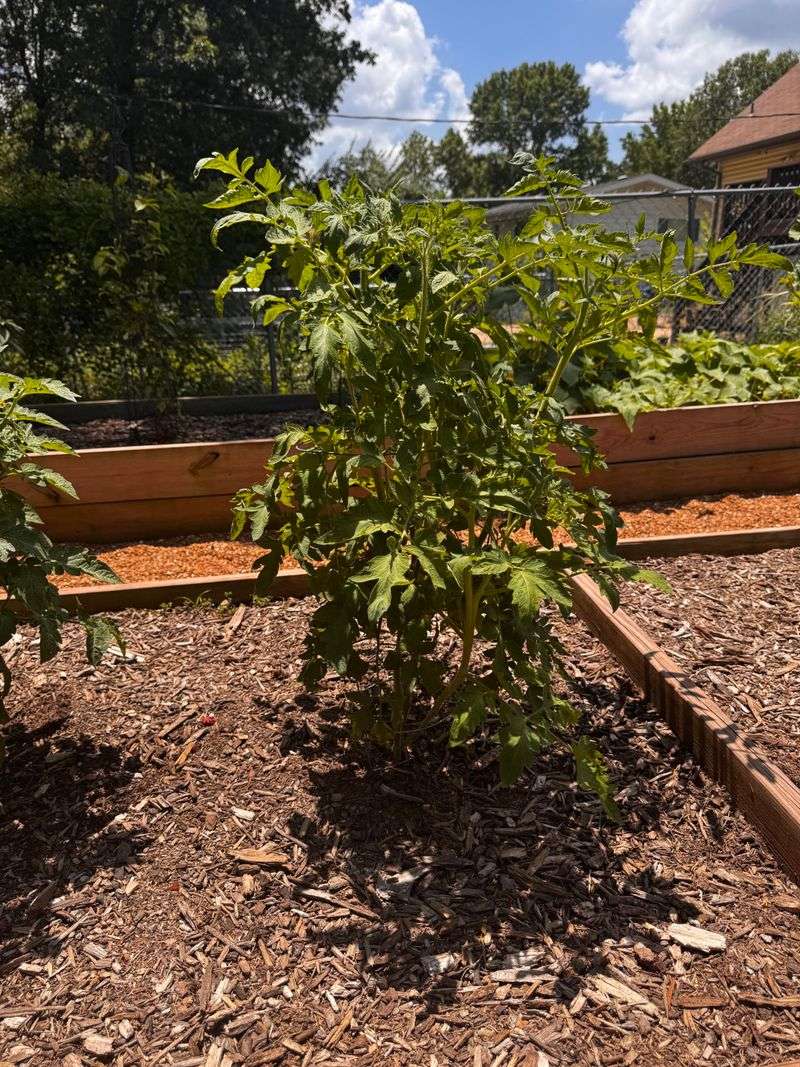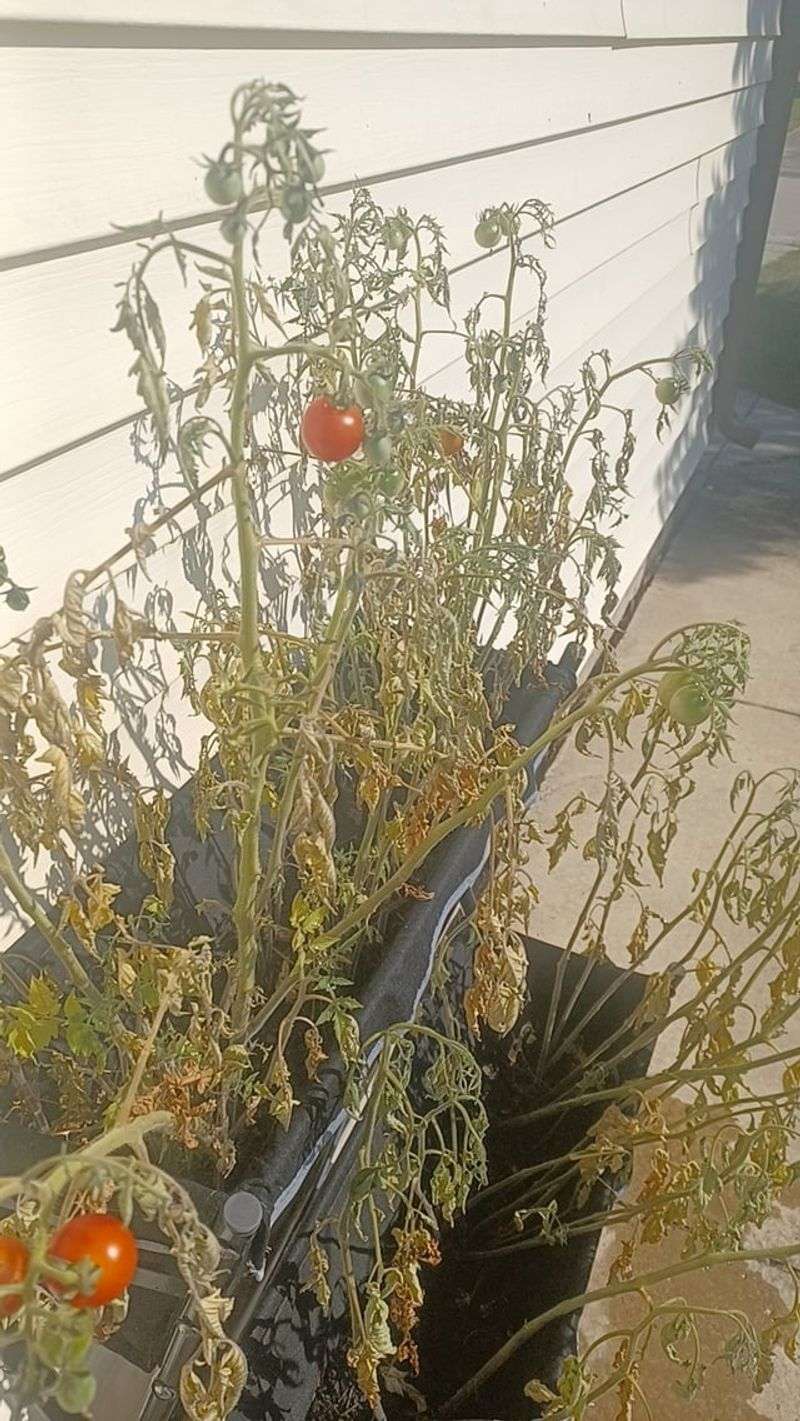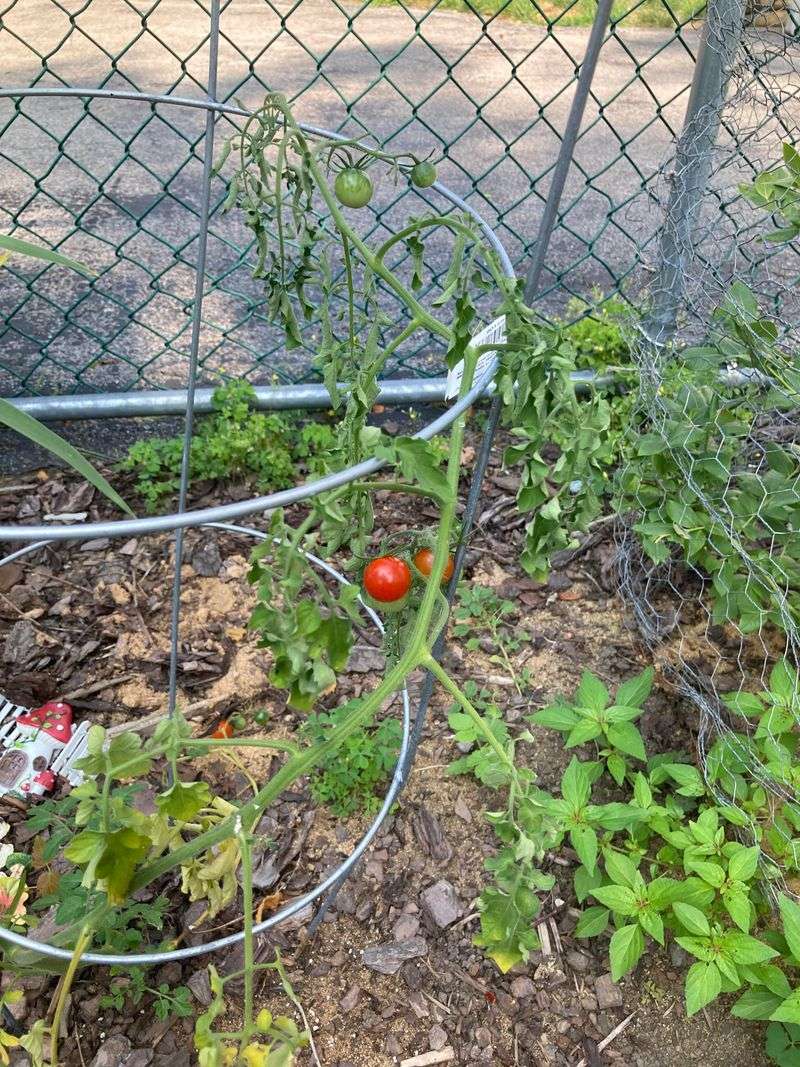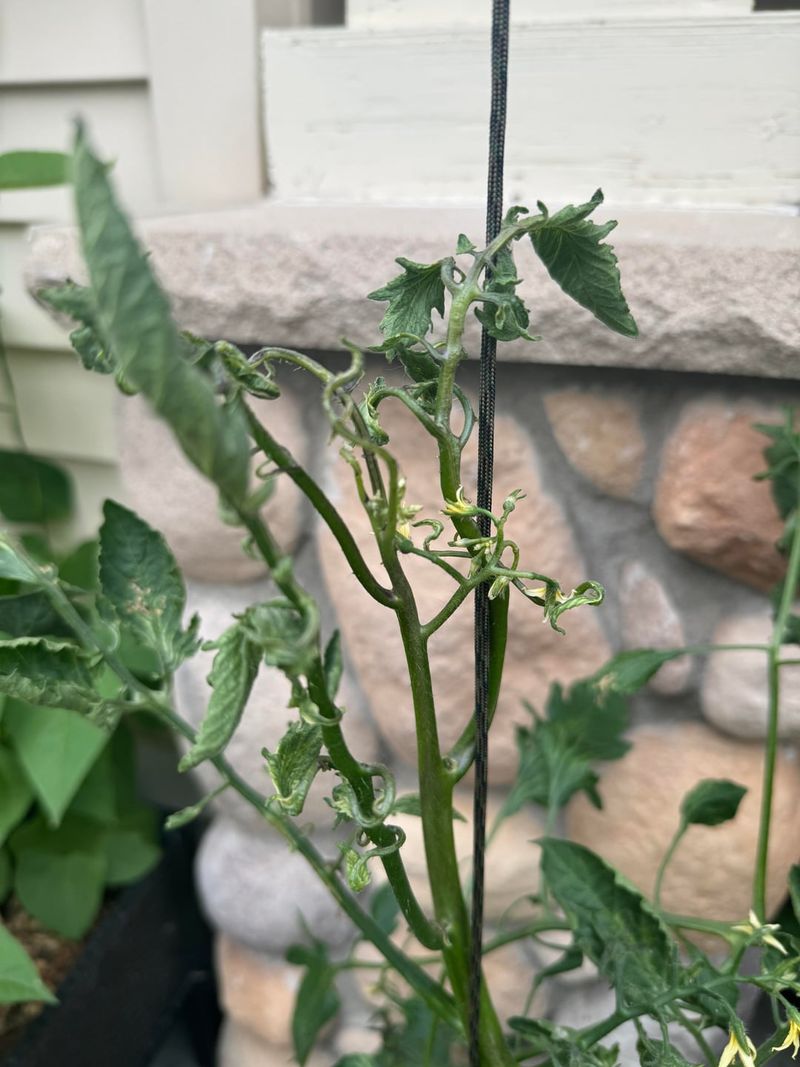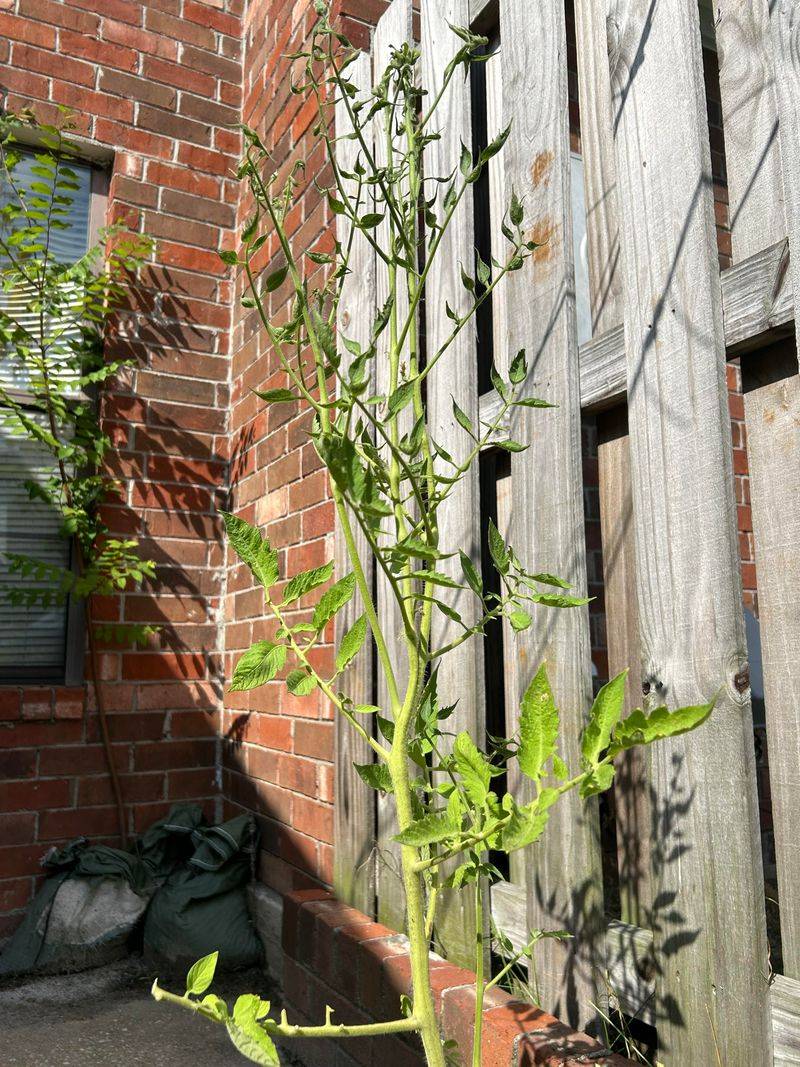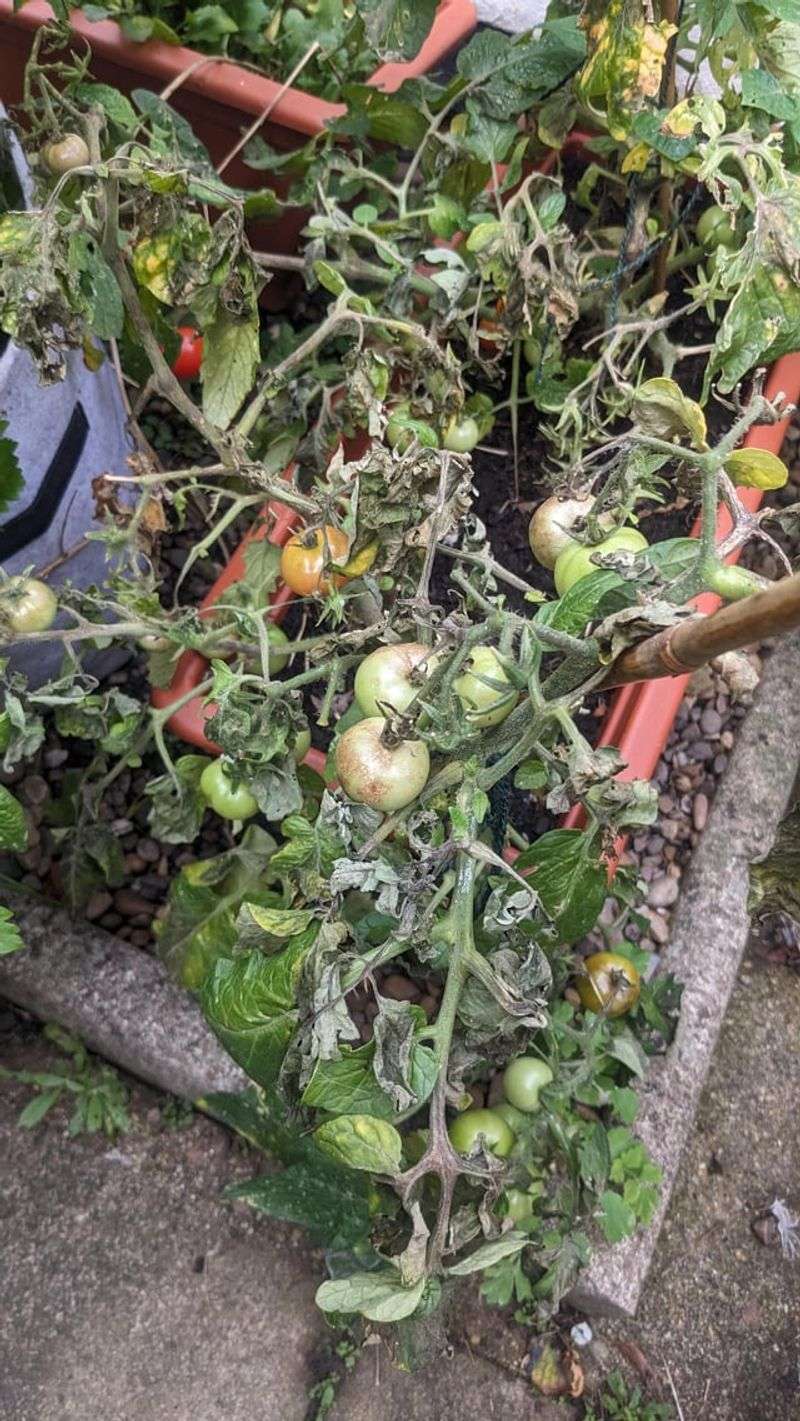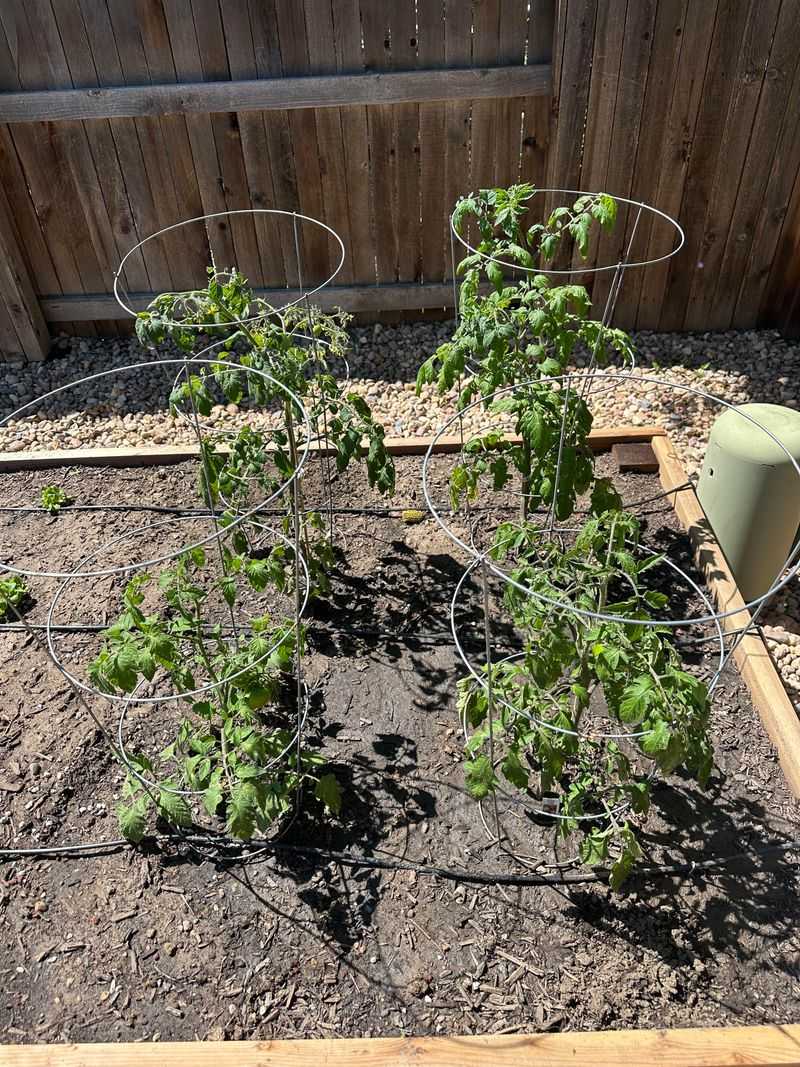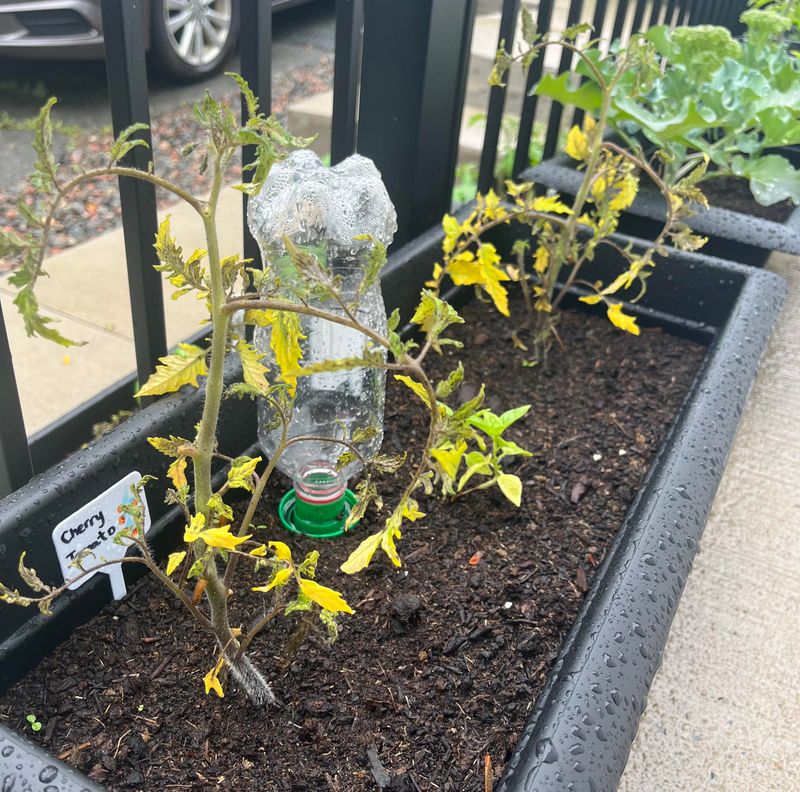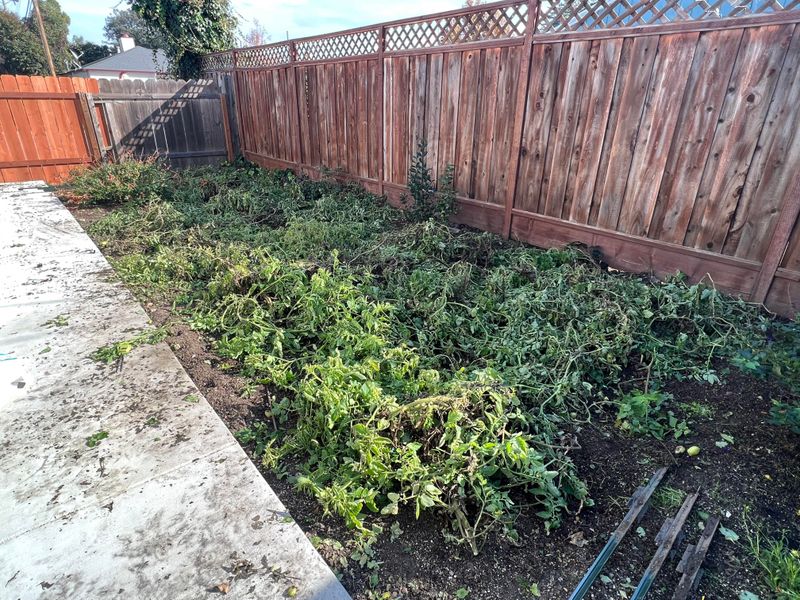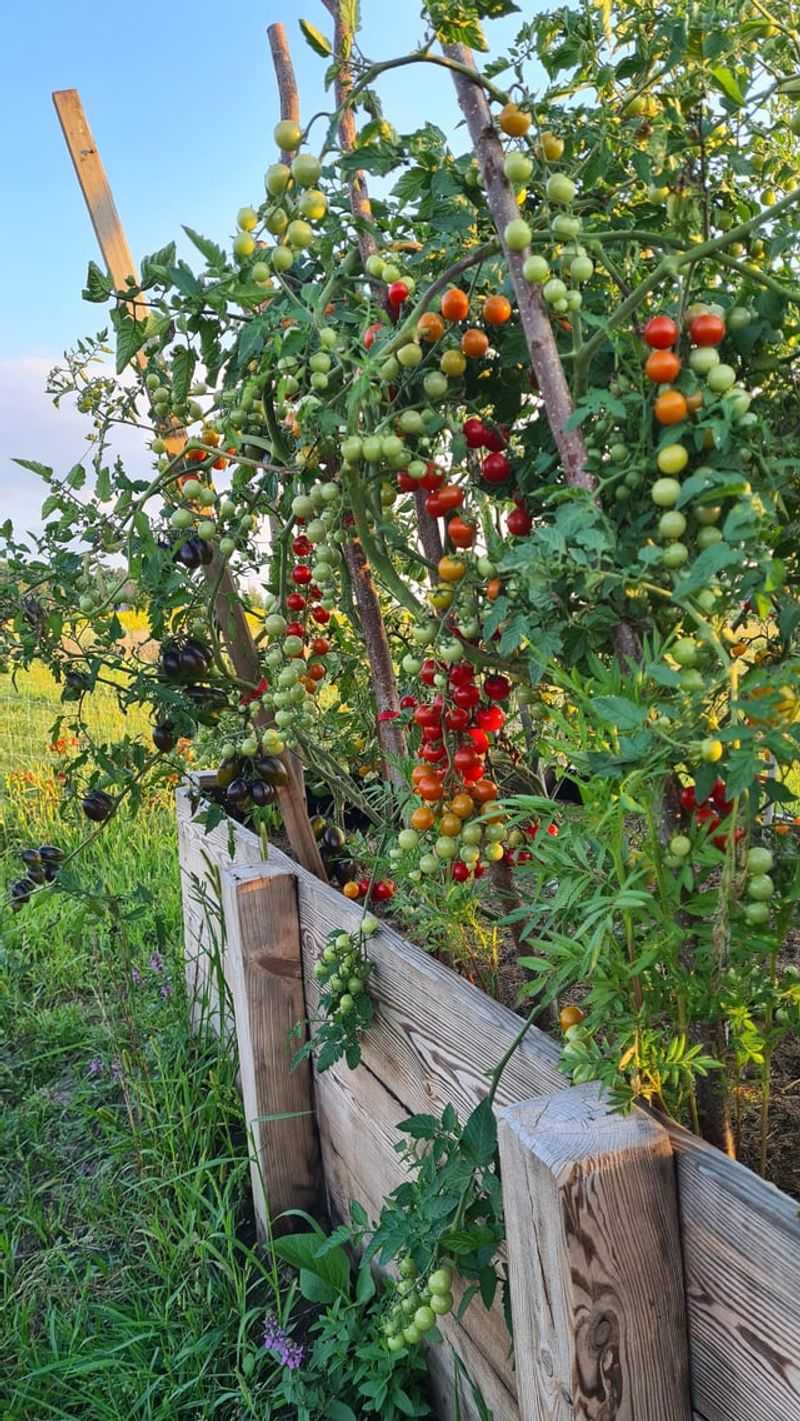Tomatoes are a summer favorite, but location matters more than most realize in New York gardens. I’ve learned the hard way which spots to skip.
It can make a huge difference in harvest quality. Here are 10 common spots to avoid when planting tomatoes in New York.
1. Deep Shade Under Tall Trees
Tomatoes absolutely crave sunshine, and planting them beneath towering oaks or maples is setting yourself up for disappointment. Your plants need at least six to eight hours of direct sunlight daily to produce those juicy fruits New York gardeners dream about.
Shaded spots might seem cooler during hot summer days, but your tomato plants will stretch awkwardly toward any available light, becoming weak and spindly. Fruit production drops dramatically when sunlight is limited.
Instead of hiding your tomatoes under tree canopies, choose an open area where morning sun can dry the dew quickly and afternoon rays can fuel growth throughout the season.
2. Low-Lying Areas That Collect Water
Standing water is a tomato plant’s worst nightmare, and New York’s unpredictable spring rains can quickly turn low spots into miniature swamps. Roots sitting in soggy soil will rot faster than you can say “heirloom variety.”
When heavy downpours hit the Northeast, water naturally flows to the lowest points in your yard. If your tomatoes are planted there, they’ll be drowning while plants on higher ground thrive happily.
Check your yard after a rainstorm to identify problem areas. Raised beds or mounded rows work wonderfully in New York gardens, ensuring proper drainage even during the wettest seasons.
3. Right Next to Black Walnut Trees
Black walnut trees might be majestic, but they’re secretly poisoning the ground around them with a chemical called juglone. Tomatoes are extremely sensitive to this natural toxin, which can cause them to wilt and die within days.
Many New York properties feature these beautiful trees, especially in rural areas and older neighborhoods. The toxic zone extends well beyond the tree’s canopy, sometimes reaching fifty feet or more from the trunk.
Even fallen leaves, nuts, and decaying roots release juglone into the soil. If you have black walnuts on your property, plant your tomatoes far away or use containers filled with fresh, uncontaminated soil.
4. Windy, Exposed Hilltops
While good air circulation prevents disease, constant strong winds can batter your tomato plants mercilessly. New York’s hills and open spaces often experience gusty conditions that snap stems, tear leaves, and knock over even well-staked plants.
Wind also dries out soil much faster, meaning you’ll spend your summer constantly watering. Flowers may fail to pollinate properly when they’re being whipped around, resulting in fewer tomatoes despite your best efforts.
Consider planting near a fence, building, or hedge that provides a windbreak. This creates a protected microclimate where your tomatoes can grow strong without being constantly battered by the elements.
5. Directly Against North-Facing Walls
North-facing walls receive minimal direct sunlight throughout the day, creating cool, shadowy conditions that tomatoes simply hate. In New York, where the growing season is already shorter than southern states, every ray of sunshine counts.
Buildings and fences block precious light when positioned on the north side of your garden. Your tomatoes will lean desperately toward whatever sun they can find, growing unevenly and producing disappointing harvests.
South-facing walls are actually ideal because they reflect heat and light back onto your plants. If space is limited, choose east or west exposures over northern spots for significantly better results throughout the summer.
6. Where You Grew Peppers or Eggplants Last Year
Crop rotation isn’t just fancy gardening talk—it’s essential for preventing disease buildup in your soil. Tomatoes, peppers, and eggplants are all nightshade family members that share common pests and diseases across New York gardens.
Planting tomatoes where their relatives grew the previous season gives overwintering pathogens exactly what they’re waiting for. Verticillium wilt, fusarium, and other nasty problems can devastate your crop when rotation is ignored.
Wait at least three years before planting tomatoes in the same spot. Rotate to beans, lettuce, or squash instead, which actually improve soil health and break disease cycles naturally.
7. Underneath Roof Eaves and Overhangs
Roof overhangs create rain shadows where natural precipitation never reaches, leaving your tomatoes perpetually thirsty. New York summers can be humid, but that doesn’t mean moisture is reaching the soil under your eaves.
You might think you’re protecting plants from heavy storms, but tomatoes actually benefit from gentle rain that washes foliage and provides consistent moisture. Plants under overhangs require constant manual watering, which is easy to forget or misjudge.
Soil beneath eaves often stays too dry, causing blossom end rot and stunted growth. Position your tomato plants where they’ll receive natural rainfall, saving yourself hassle and producing healthier, more productive plants.
8. In Heavy Clay Soil Without Amendment
New York’s clay-heavy soils are common, especially in areas like Long Island and the Hudson Valley. Planting tomatoes directly into dense clay is like asking them to grow in concrete—roots can’t penetrate, water can’t drain, and oxygen can’t reach where it’s needed.
Clay soil becomes rock-hard when dry and turns into sticky mud when wet. Neither condition helps your tomatoes thrive during the growing season.
Before planting, work in generous amounts of compost, aged manure, or peat moss to improve soil structure. Raised beds filled with quality garden soil are another excellent solution for New York gardeners dealing with challenging clay conditions.
9. Too Close to Aggressive Root Systems
Planting tomatoes near trees, shrubs, or other plants with aggressive root systems creates intense underground competition for water and nutrients. Your tomatoes will always lose this battle, no matter how much you fertilize or water throughout the New York summer.
Maple trees, willows, and many ornamental shrubs send roots far beyond their canopy, stealing resources meant for your vegetable garden. Tomatoes need their space to develop strong root systems that support heavy fruit production.
Maintain at least a six-foot buffer zone between tomatoes and established woody plants. If space is truly limited, container gardening lets you control the entire root environment without competition from nearby plants.
10. In Contaminated Urban Soil
Many New York City and older urban properties have soil contaminated with lead paint chips, industrial pollutants, or other hazardous materials from decades past. Tomatoes can absorb these toxins, making your homegrown harvest potentially unsafe to eat.
Old building sites, former gas stations, and properties near busy roads are particularly risky. Visual inspection won’t reveal contamination, so testing is essential before planting edibles in urban New York locations.
Contact your local cooperative extension for affordable soil testing services. If contamination is found, raised beds with clean imported soil or container gardening provide safe alternatives for growing delicious, worry-free tomatoes at home.

